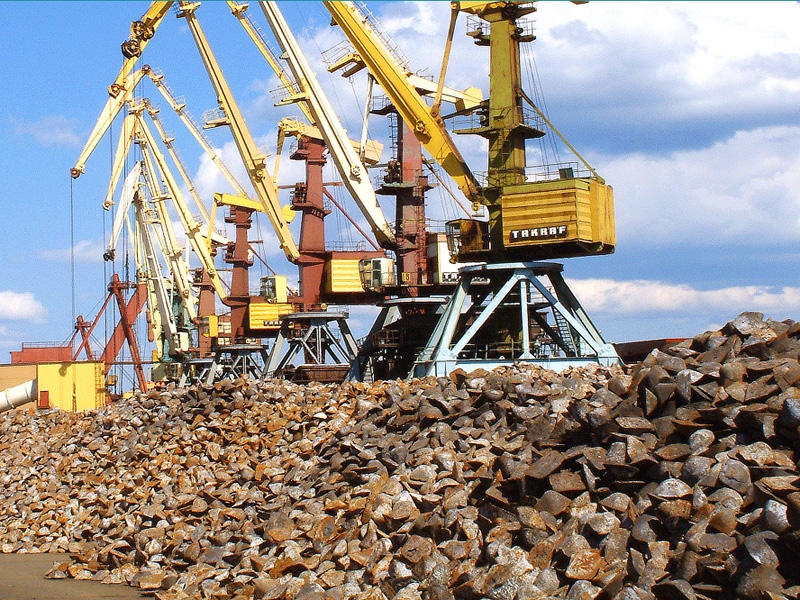
Iron ore jumps on government support
Seaborne iron ore prices jumped on Tuesday, supported by smaller increases for other ferrous sector products. China’s return to economic support amid a slowdown has reassured ferrous markets.
The Kallanish KORE 62% Fe index gained $5.23/t to $106.70/dry metric tonne cfr Qingdao, the highest since October. The Kallanish KORE 65% Fe index increased $5.50/t to $123.49/dmt cfr, and the KORE 58% Fe index appreciated $2.39/t to $77.06/dmt cfr.
On the Dalian Commodity Exchange, May iron ore settled CNY 31/t higher at CNY 649/t ($101.72/t), while on the Singapore Exchange January 62% Fe futures settled up $8.45/t at $112.55/t. The same contract for 65% Fe and 58% Fe futures settled up $9.02/t at $130.43/t, and down $0.08/t at $78.25/t respectively.
Both scrap and billet prices also continue to push higher. 6mm+ heavy scrap delivered to mills in the Yangtze River Delta gained another CNY 8/t to 3,386/t. In Tangshan, billet prices gained another CNY 20/t to CNY 4,360/t.
Ferrous markets have been buoyed by the cut in the banking reserve requirement ration announced on Monday, which should release some CNY 1.2 trillion in credit. There were also officially reported statements that China would push affordable housing construction and support the real estate sector.
These actions and statements contradict China’s longer-term goals of reducing dependence on cheap credit flowing into low-return investments, and of reducing the importance of the housing sector to the overall economy, but have become necessary because of the broad economic slowdown China currently faces.
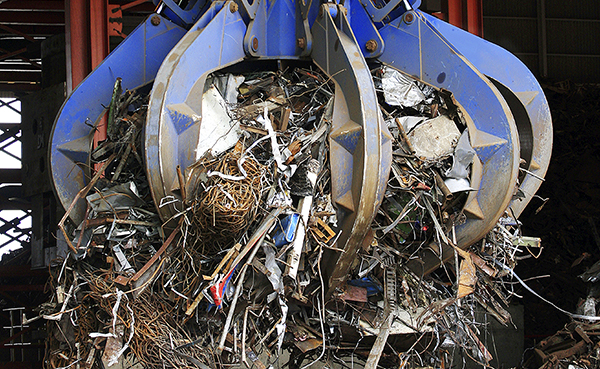
EU stainless scrap demand to sustain
European stainless scrap purchase volumes will remain significant in December, as they were in November, Italian steel trade association Assofermet says in its monthly market report sent to Kallanish.
The association forecasts good demand for stainless scrap in Europe despite the impending Christmas holiday break. Prices, however, will be impacted by external factors such as nickel quotes from the London Metal Exchange (LME) and the global pandemic, with restrictions in activity seen possible.
In November, Assofermet noted significant demand for stainless scrap from European and non-European stainless steel mills. Prices in Europe have been in line with Italian values, which prevented imports of stainless scrap into Italy. Quotes for stainless scrap have been related to LME trends characterised by weekly fluctuations, the association adds.
In December, stainless scrap grade 304 and 316 in Italy and France increased by almost €100/tonne ($112) on high nickel prices, particularly for grade 316 that remains in short supply (see Kallanish passim).
Natalia Capra France

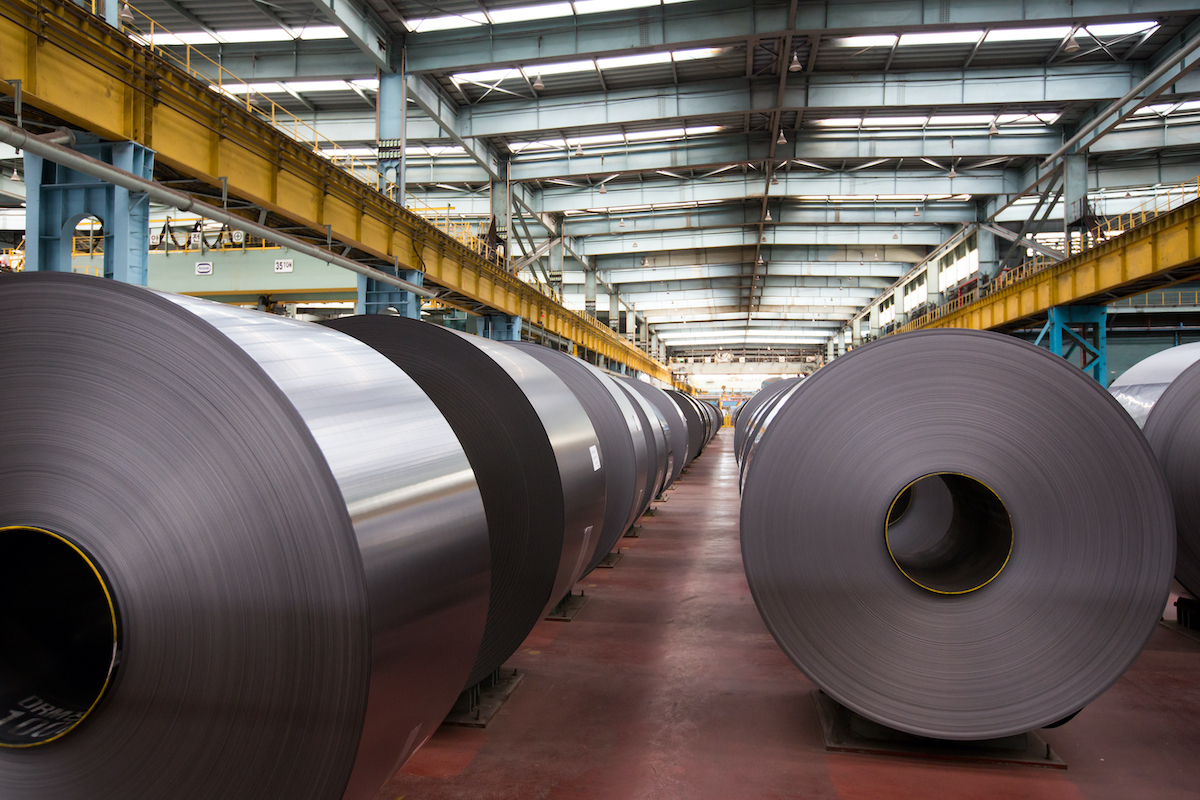
India: Nov finished steel exports slump 32% from Oct as demand slows
India’s finished steel exports posted their fourth straight month-on-month fall in November, tumbling 31.6% from October, data from the Joint Plant Committee showed Dec. 6, as overseas demand slowed.
Year on year, however, the November exports were up 20.7% compared with the corresponding month of 2020. The annual rise was due to lower comparison figure seen in November 2020, when exports for the month sank 31% versus November 2019.
As for finished steel imports in November, they were both down 11.1% year on year and 17.5% month on month.
The lower exports came as European buyers waited for automotive contracts to be finalized for hot-rolled coil as local HRC stocks rose due to canceled orders by the automotive industry as demand fell for vehicles.
Passenger vehicle registrations in the European Union sank 30.3% in October to 665,001 units, marking a fourth straight month of declines and the weakest October since record-keeping began “due to the ongoing impact of the semiconductor supply crisis,” the European Automobile Manufacturers’ Association (ACEA) had said.
Also, the EU’s import quotas for Indian flat steel from October to December had been exhausted early fourth quarter, data from the European Commission had showed Oct. 7. Belgium and Italy were among the leading destinations for Indian-made HRC.
The EU’s steel industry could see some firmness, according to S&P Global Platts Analytics, due to an easing of restrictions on EU steel exports to the US because of changes to the tariff regime, effective Jan. 1, which combined with recovering automotive demand, could potentially support another, milder price rally in 2022.
As for finished steel production in November, it fell 3.3% from October to 9.19 million mt but was up 1.7% against November 2020.
Similarly, crude steel output in November increased a slight 0.3% year on year but dipped 1.6% year on year.
Production of hot metal reached 6.38 million mt in November, both up 1.2% from November 2020 and 0.5% from October 2021.
Indian Steel Data (million mt)
| Oct 2021 | Nov 2021 | Change (%) | Nov 2020 | YOY Change (%) | Nov 2019 | Nov 2021/2019 Change (%) | Apr-Nov 2020 | Apr-Nov 2021 | YOY Change (%) | |
| Crude Steel Output | 9.79 | 9.64 | -1.6 | 9.61 | 0.3 | 8.93 | 7.9 | 63.13 | 76.44 | 21.1 |
| Finished Steel Output | 9.50 | 9.19 | -3.3 | 9.03 | 1.7 | 8.57 | 7.2 | 57.44 | 72.07 | 25.5 |
| Finished Steel Imports | 0.38 | 0.31 | -17.5 | 0.35 | -11.1 | 0.43 | -27.3 | 2.697 | 3.063 | 13.6 |
| Finished Steel Exports | 1.06 | 0.72 | -31.6 | 0.60 | 20.7 | 0.87 | -16.7 | 7.697 | 9.531 | 23.8 |
Source: Joint Plant Committee
– Clement Choo

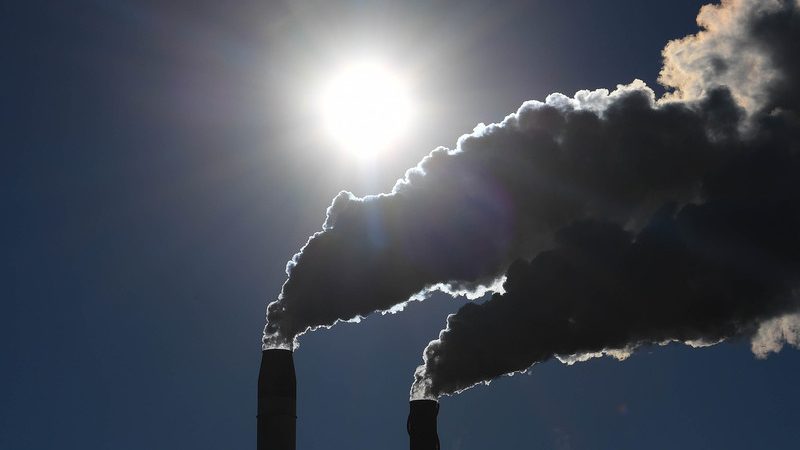
High costs in UK steel sector a barrier to decarbonization: UK Steel
UK steel producers pay 61% more for electricity than their competitors in Germany and 51% more than in France, creating a barrier to the sector’s decarbonization, a new report released by industry body UK Steel shows.
UK Steel is calling on the government to act alongside the industry as higher electricity prices are eating in to capital expenditure and reducing the sector’s ability to achieve the transition to carbon neutrality.
The report, titled “A Barrier to Decarbonisation”, says higher electricity prices have cost UK steelmakers an extra GBP90 million this year, and GBP345 million over six years, “the equivalent of almost two years of capital investment in the sector.”
“All solutions for decarbonising the steelmaking process will increase electricity consumption,” the report said. “Converting the UK’s blast furnace steel production to hydrogen-based steelmaking could increase electricity consumption by 250%, while a complete shift to electric arc furnace production would increase consumption by 150%.” At current power prices it is estimated it would cost almost GBP300 million more to run a hydrogen-based steel plant in the UK than in Germany.
In the report, UK Steel recommends using UK state aid for energy-intensive industries and to follow the example of the French and German governments in providing network cost reductions. Another key suggestion is to introduce an industrial wholesale cost containment mechanism to prevent damaging price spikes.
“The UK steel sector is a big user of power, consuming as much electricity as 800,000 homes annually. We are also highly trade intensive, importing 70% of our steel needs and exporting 45% of everything we make,” said Gareth Stace, director general of UK Steel.
“The recent public recognition by the prime minister that the price gap needs to be tackled is hugely welcome,” he said. “But the proposed solution of investment in new nuclear will simply not have the immediate impact on electricity prices that the steel sector needs. I hope the government recognises the need to implement the steps set out in the report in addition to their long-term plans for investment.”
— Annalisa Villa

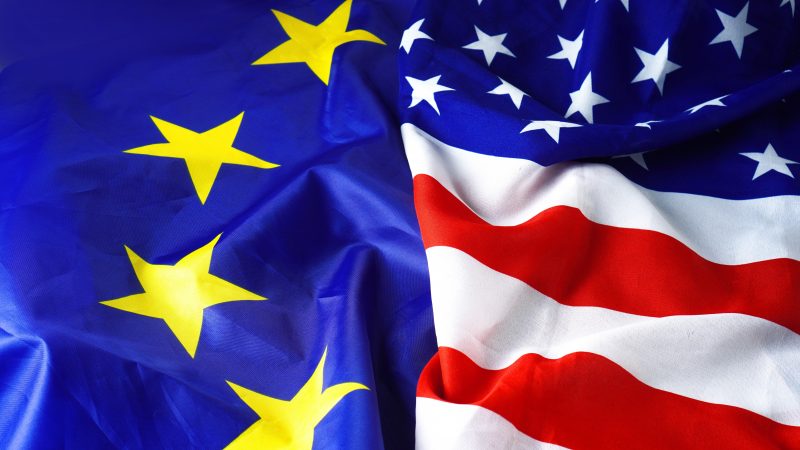
UK launches bid for USA to end tariffs on steel, aluminum
UK Secretary of State for International Trade Anne-Marie Trevelyan is visiting the US this week as part of a push for an end to Trump-era tariffs on steel and aluminum imports, the UK government said in a statement Dec. 5.
During her three-day trip to New York and Washington, the UK trade secretary will meet with US Commerce Secretary Gina Raimondo to discuss how trade and investment can support each country’s leveling-up agendas and find a resolution to the s232 steel and aluminum tariffs, the UK government said.
“The visit offers an opportunity to build support for state-level cooperation that offers significant opportunity to unlock trade and investment wins for UK and US businesses,” according to the statement.
In March 2018, then US President Donald Trump imposed a 25% tariff on steel imports and a 10% tariff on aluminum imports from most other countries, as part of his “America First” policy.
In October this year, the US and the EU agreed bilaterally to remove the tariffs.
The UK steel sector has called on the country’s government to request a similar lifting of the tariffs.
“On the 1st January, steelmakers in the EU will gain a significant price advantage over their UK counterparts,” according to Gareth Stace, the director general of industry group UK Steel. “Already, customers in the United States will be factoring in January 2022 prices to their plans for the next year, which of course risks the UK sector losing market share in the US, to EU exporters.”
According to UK Steel, since the tariffs came into force, the UK’s exports to the US have declined from 350,000 mt in 2018 to 200,000 mt in 2020.
“While many of our US customers have stood by us, it is imperative that all parties work together to come to an agreement that provides the UK with the same tariff free quotas the EU has already secured, and that such an agreement is arrived at as soon as possible,” the association added.
— Annalisa Villa


German steel processor Wuppermann to produce CO2-neutral HDG by 2025
Germany-headquartered steel processor Wuppermann said Dec. 6 that it would achieve “CO2-neutral” galvanized steel strip production by 2025 across all sites.
Wuppermann found that the largest share of the company’s energy requirements is generated in strip galvanizing. The company has adopted the “heat-to-coat” process for the production of 1 million mt of strip galvanized steel a year at its three glavanizing sites, which saves more than 30% of CO2 emissions compared to conventional galvanizing, the company said.
“While conventional galvanizing processes are based on fossil energies, our process is electricity-based. This means we can galvanize our strip on the basis of green electricity — a significant competitive advantage in terms of sustainability,” said Johannes Nonn, spokesman of the Wuppermann executive board, adding that about half of the CO2 emissions come from zinc smelting and the company is having discussions with zinc suppliers on the issue.
The processor will only use renewable energy for the production. Since the beginning of the year, the Austrian production sites are powered exclusively by hydropower and the Dutch site in Moerdijk will switch to wind power from 2022. The electricity supply contracts at the production sites in Hungary and Poland will also be successively converted to CO2-free or green electricity.
The company did not say whether they would be looking at the emissions of the pre-material of the galvanized strips as well.
— Laura Varriale

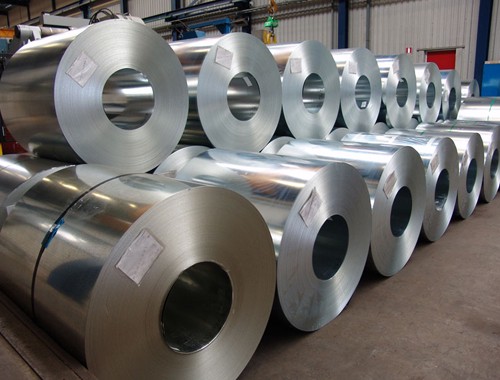
Russia’s stainless output increases in October
Russia’s production of stainless steel increased in January-October, show national statistical service Rosstat data monitored by Kallanish.
Output amounted to 175,200 tonnes, up by 3% on-year. In October alone Russian steelmakers produced 17,700t of stainless steel, more by 7.6%.
In September, Russian steelmakers produced 20,700t of stainless steel, up 34.1% on-year (see Kallanish passim).
Stainless production at Russia’s Krasny Oktyabr (Red October) decreased in October to 12,500t of stainless steel, down by 51.2% on-year. Red October managed to maintain its leading position in the production of stainless steel in the first half of 2021. Moreover, it had a 22.4% share in Russian stainless exports, according to national special steel association USSA.
In October, JSC RSL Group, associated with Russian pipemaker TMK, completed the acquisition of shares in Red October. However, the latter is still in bankruptcy proceedings. RSL Group said its immediate tasks will be restoring pre-crisis production indicators, expanding sales markets, developing industry cooperation and implementing a plan to modernise production.
Earlier, TMK announced it will begin the production of stainless flat rolled products. The design capacity of the proposed complex is up to 500,000 t/year. Total investment is over RUB 100 billion ($1.36 billion). The production site will be located in Volzhsky, but the timing of the project has not yet been specified.
Russia’s additional export duties meanwhile impact only a part of Russian exports of stainless products because most of them are delivered to Eurasian Economic Union (EAEU) countries, USSA said previously.
Svetoslav Abrossimov Bulgaria


Liberty moves forward restructuring of Benelux units
Liberty Steel says it has taken some steps forward in the process of reorganising the structure of its Benelux units, in Liege and Dudelange.
The group confirms to Kallanish that Belgian authorities have validated the restructuring plan presented by Liberty for the Liege unit. Similarly in Luxembourg, an agreement on the restructuring was reached with the government and local trade unions.
“Following the agreement of its restructuring plan, Liberty Liège will now restart its operations, start to implement a creditor reimbursement plan and continue its social dialogue to ensure its transformation plan can be implemented as soon as possible,” the company says.
“Following the decision to undertake a technical restructuring at Liberty Dudelange to protect its employees, the management team will continue to work collaboratively with its stakeholders to identify new sources of financing and develop sustainable business plans for its future.”
In Liege and Dudelange, Liberty controls ten rolling lines for coil, producing mainly galv and packaging products. Since September, local trade unions have been expressing their concerns over the future of the Benelux plants as the company intends to cut jobs and restructure heavily.
In early November, the Luxembourg trade unions said the Dudelange mill was operating at only 20% of its installed capacity, while a recovery in output was expected in the first quarter next year.
Emanuele Norsa Italy


Margins gradually returning to ‘typical’ distribution levels: Stalprofil
Stalprofil’s consolidated revenue fell 10% on-year in the third quarter to PLN 370 million ($90.9m) due to a drop in the number of infrastructure segment contract awards.
However, steel trading segment revenue surged 75% thanks to continued strong steel demand and elevated prices, albeit with a slight correction. Consolidated net profit also soared almost seven-fold to PLN 26.9m.
The end of the price uptrend in the second half of Q3 is seeing the gradual return of margins to levels typical for the steel distribution sector, Stalprofil says. The reduced infrastructure segment revenue is due to a lack of orders from main customer Gaz-System. The firm sees deliveries to the Polish gas pipeline operator resuming in the coming months.
Consolidated revenue in the nine months through September thus fell 2% to PLN 1.14 billion but net profit attributable to majority shareholders soared over 470% to PLN 87.2m.
In the first half of 2021, Stalprofil saw steel product sales rise 15% on-year to 94,916 tonnes, but export sales revenue almost halved amid competition and influx of cheap steel into the EU from the Far East and CIS (see Kallanish passim).
Adam Smith Germany


Spain’s crude steel production rebounds strongly in October
The Spanish steel sector saw production and scrap melting increase for the second consecutive month in October, Kallanish notes.
According to Spanish steelmakers’ association Unesid, the local steel industry produced around 1.28 million tonnes of crude steel in October. This was 2.6% more than September’s output of 1.25mt and 8.8% higher year-on-year. According to Unesid data, crude steel production in October was just 69,000t down on the 2021-high in May.
During the first ten months of the year, Spanish output reached 12.16mt. Unesid did not disclose an on-year comparison in its latest report, but taking worldsteel figures into account, the growth is estimated at 35%.
Spain used 1.03mt of ferrous scrap for steelmaking in October, up 1.8% month-on-month. This volume was also almost 48,000t more over the same month in 2020. Cumulative scrap usage was 9.6mt, representing 78.9% of total crude steel production in the ten months.
Todor Kirkov Bulgaria


